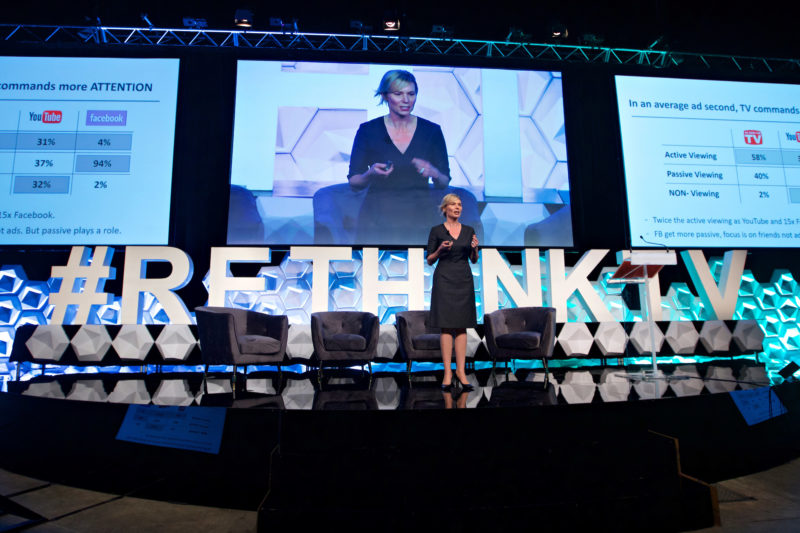‘Coverage reigns’: Dr Karen Nelson-Field calls for review of MRC standard
Changes to the Media Rating Council’s viewable advertising impression measurement guidelines could help brand owners, according to a newly released study by academic and researcher Dr Karen Nelson-Field.
Speaking at ReThinkTV’s second forum, Nelson-Field called for a re-establishment of the baseline of video viewability, following new research which found levels of coverage have a significant impact on attention and sales.
She said while changes would “significantly reduce” the amount of ads Facebook and YouTube can commercialise, including coverage as part of the metric was vital and could benefit brand owners.


